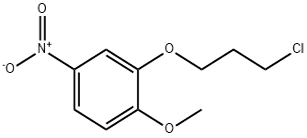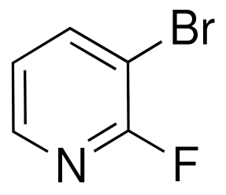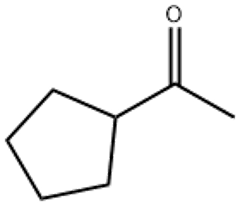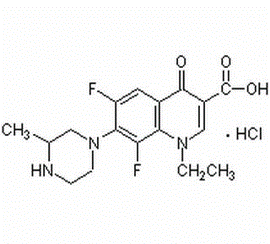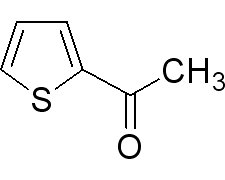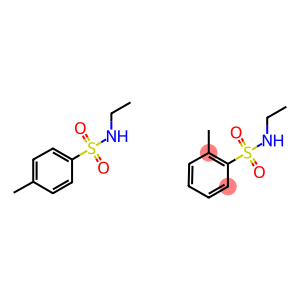2,5-Dichloronitrobenzene(CAS#89-61-2)
| Risk Codes | R22 – Harmful if swallowed R36 – Irritating to the eyes R51/53 – Toxic to aquatic organisms, may cause long-term adverse effects in the aquatic environment. |
| Safety Description | S26 – In case of contact with eyes, rinse immediately with plenty of water and seek medical advice. S60 – This material and its container must be disposed of as hazardous waste. |
| UN IDs | UN 3077 9/PG 3 |
| WGK Germany | 2 |
| RTECS | CZ5260000 |
| TSCA | Yes |
| HS Code | 29049085 |
| Hazard Class | 9 |
| Packing Group | III |
Introduction
2,5-Dichloronitrobenzene is an organic compound. It is a colorless to pale yellow crystal with a bitter and pungent smell. The following is an introduction to the properties, uses, preparation methods and safety information of 2,5-dichloronitrobenzene:
Quality:
- Appearance: Colorless to light yellow crystals
- Solubility: Slightly soluble in water and easily soluble in organic solvents such as alcohols and ethers
Use:
- 2,5-Dichloronitrobenzene is commonly used as a starting material for organic synthesis in chemical laboratories and can be used to prepare other organic compounds.
Method:
- 2,5-dichloronitrobenzene is usually prepared by a mixed nitrification reaction of nitrobenzene.
- In the laboratory, nitrobenzene can be nitrated using a mixture of nitric acid and nitrous acid to give a reaction of 2,5-dichloronitrobenzene.
Safety Information:
- 2,5-dichloronitrobenzene is a toxic substance, and exposure to and inhalation of its vapours can be harmful to health. Avoid direct contact with skin, eyes, and respiratory tract.
- Personal protective equipment such as protective gloves, goggles, and masks should be worn when handling and handling 2,5-dichloronitrobenzene.
- It should be operated in a well-ventilated environment to avoid vapor inhalation.
- Waste should be disposed of in accordance with local regulations and should not be dumped.



